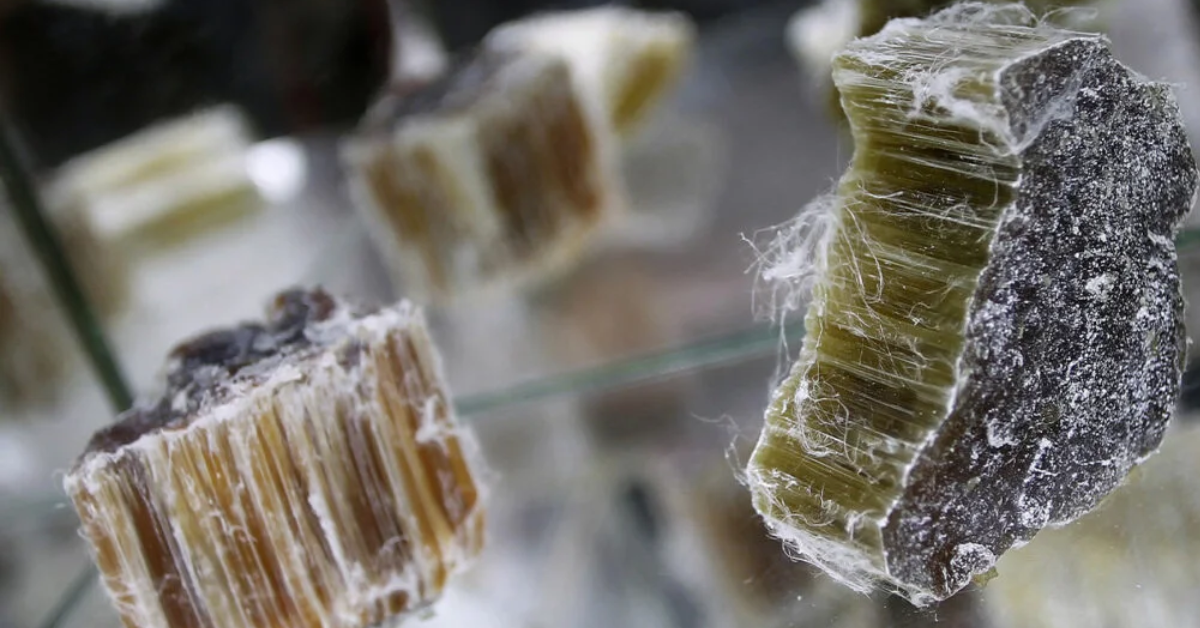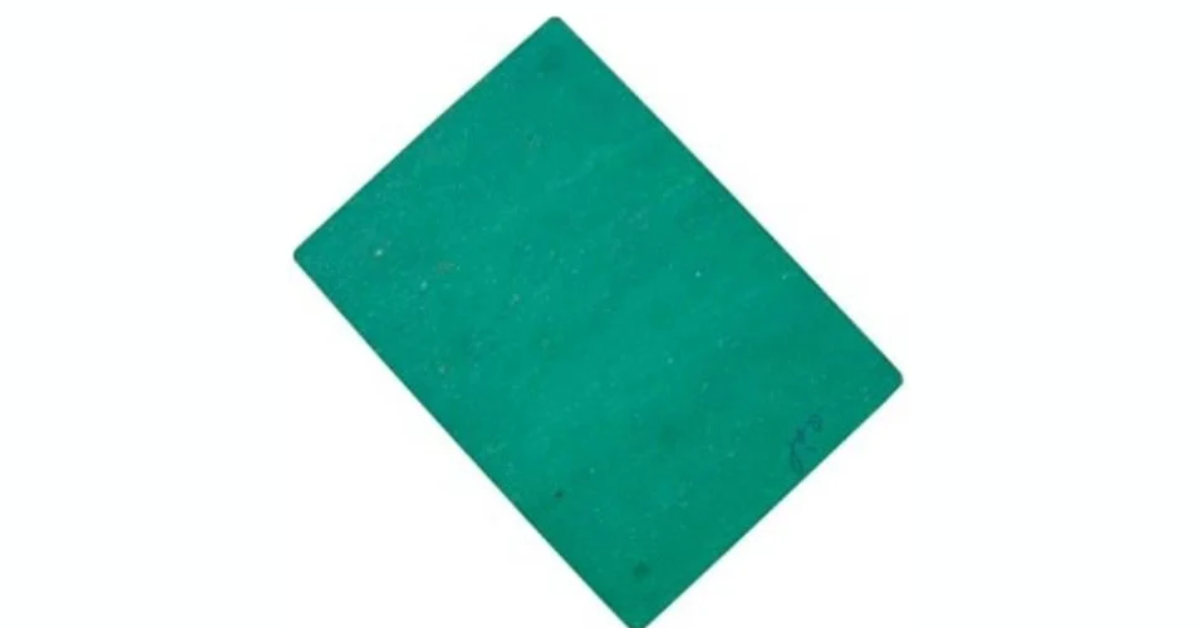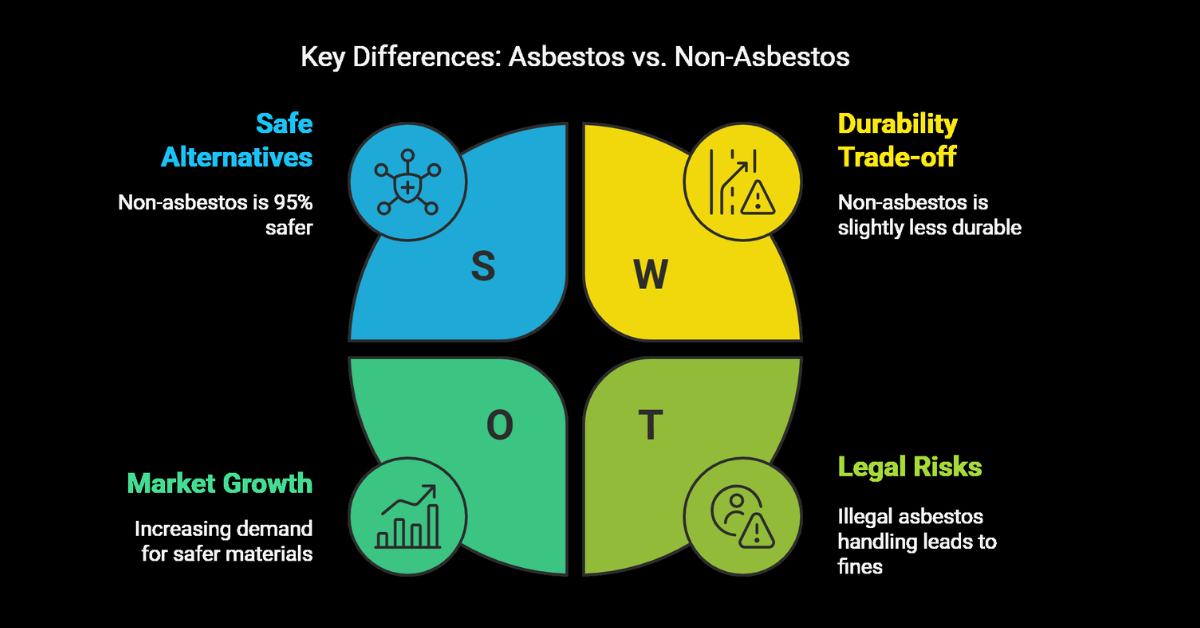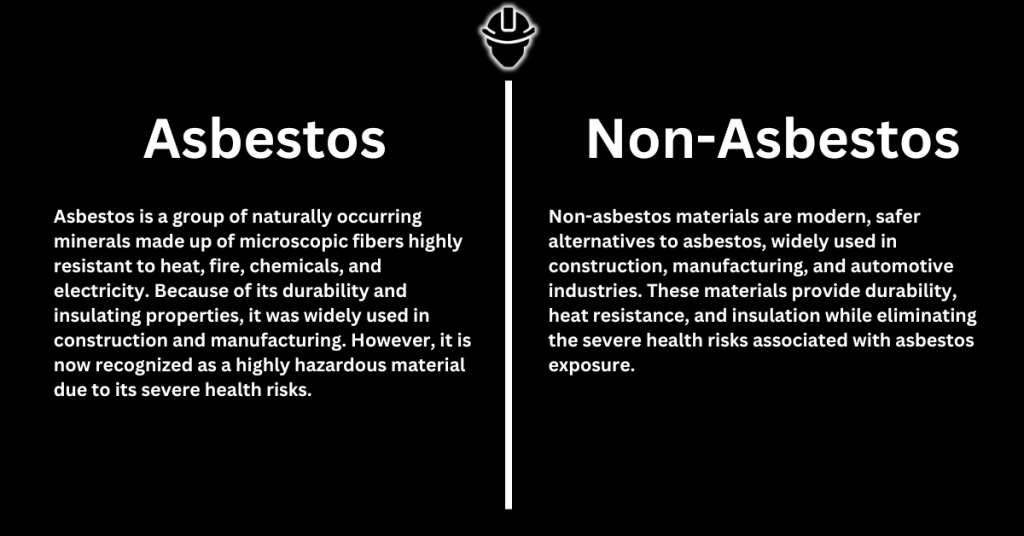Asbestos is a naturally occurring mineral. It was widely used in construction, industrial applications & insulation because of its high durability, strength & fire resistance. However, it contains micro-fiber when inhaled, which may cause deadly diseases like lung cancer, asbestosis, mesothelioma & many more. For this exact reason, Australia banned asbestos in 2003, making its import, sale or use illegal. To better understand these materials, let’s explore the comparison between asbestos vs. non-asbestos.
Non-asbestos materials are the modern alternatives made from synthetic fibers like aramid, carbon & glass. These materials offer the same characteristics as asbestos without the toxicity & risks. They are 100% safe, eco-friendly & fully compliant with Australian safety laws.
So it’s clear that The main difference between asbestos & non-asbestos is safety. Asbestos is hazardous and illegal. On the other hand, non-asbestos materials are legal, durable and safe. If asbestos is present in your workplace or home, it must be professionally removed to protect your health.
Here comes Crown asbestos removal offers completely safe, certified, eco-friendly asbestos removal in Australia. Our experts ensure your property is hazard-free and compliant with regulations. In this context, we’ll learn more details and facts about asbestos vs non-asbestos, focusing on Australia. So, Let’s get into it.
What is Asbestos?

Asbestos is a group of naturally occurring minerals made up of microscopic fibers highly resistant to heat, fire, chemicals, and electricity. Because of its durability and insulating properties, it was widely used in construction and manufacturing. However, it is now recognized as a highly hazardous material due to its severe health risks.
Why Was Asbestos Used?
Asbestos was a go-to material for decades in Australia’s construction industry, especially between the 1940s and the late 1980s. An estimated 90% of homes built in Australia before 1990 contained some form of asbestos-containing material (ACM). It was commonly found in:
- Roofing and wall cladding
- Cement sheets and pipes
- Insulation for homes, factories, and industrial sites
- Vinyl floor tiles and adhesives
- Brake pads and gaskets in vehicles
The main reasons asbestos was widely used included:
- Fire Resistance – Asbestos fibers can withstand temperatures of over 1,000°C, making them an excellent choice for fireproofing. This is why fire-resistant clothing, insulation, and building materials contain asbestos.
- Durability – Unlike other materials, asbestos is highly resistant to corrosion, water, and chemical damage, allowing structures to last longer with minimal maintenance. Some asbestos-containing cement sheets installed 50+ years ago are still intact today.
- Insulation Properties – Asbestos was commonly used for thermal and sound insulation in buildings, reducing heat loss and noise transmission. It was particularly popular in ceilings, walls, and industrial machinery.
Health Risks of Asbestos Exposure
Despite its useful properties, asbestos is a silent killer. When disturbed, asbestos fibers become airborne and, when inhaled, can cause serious lung diseases. The effects of asbestos exposure may take 10 to 40 years to develop, making it a hidden health hazard.
Here is why asbestos is dangerous:
- Asbestosis – A long-term lung disease caused by inhaling asbestos fibers, leading to scarring of lung tissue and breathing difficulties. Australia has one of the highest rates of asbestosis in the world, with cases increasing despite the asbestos ban in 2003.
- Lung Cancer – Studies show that asbestos exposure increases the risk of lung cancer by up to six times. In Australia, about one in ten lung cancer cases in asbestos-exposed workers is directly linked to asbestos.
- Mesothelioma – A rare but aggressive cancer of the lung and abdominal lining caused almost exclusively by asbestos exposure. Australia has the second-highest rate of mesothelioma in the world, with 800 cases diagnosed annually. Shockingly, no safe level of asbestos exposure exists minor exposure can lead to mesothelioma.
The Urgency of Asbestos Removal in Australia
Since asbestos was fully banned in Australia in 2003, strict regulations now require safe removal and disposal. If you suspect asbestos in your home, office, or industrial site, you should never attempt to remove it yourself. Professional removal by licensed experts like Crown Asbestos Removal ensures safety and compliance with Australian laws.
What is Non-Asbestos?

Non-asbestos materials are modern, safer alternatives to asbestos, widely used in construction, manufacturing, and automotive industries. These materials provide durability, heat resistance, and insulation while eliminating the severe health risks associated with asbestos exposure.
With asbestos banned in Australia since 2003, the demand for non-asbestos solutions has risen significantly. Studies show that over 85% of industries that previously used asbestos-based products have transitioned to non-asbestos materials, ensuring better health and safety standards.
What Are Non-Asbestos Materials Made Of?
Non-asbestos materials are made from high-performance synthetic and natural fibers, offering equal or better strength, heat resistance, and chemical stability compared to asbestos. The key components include:
- Aramid Fibers (Kevlar®) – Used in gaskets, brake pads, and sealing materials, these fibers provide up to 50% more tensile strength than asbestos while maintaining excellent heat resistance.
- Glass Fibers – Offering fire resistance levels exceeding 90%, glass fibers are widely used in insulation and industrial applications.
- Organic and Synthetic Fibers – Materials like carbon, polyester, and cellulose make up over 60% of modern non-asbestos materials, ensuring flexibility and longevity.
- Rubber Binders (Nitrile, EPDM, Neoprene) – Improve sealing performance by over 70%, making non-asbestos gaskets and seals more reliable.
Why Are Non-Asbestos Materials the Better Choice?
With growing awareness of asbestos-related diseases, non-asbestos materials have become the preferred alternative in Australia. Reports indicate that using non-asbestos materials reduces workplace asbestos exposure risks by 99%, ensuring a safer environment. Here’s why they stand out:
- 100% Asbestos-Free & Safe – Unlike asbestos, non-asbestos materials do not release toxic fibers, making them completely safe. In Australia, over 95% of new construction projects exclusively use non-asbestos materials.
- Durability & Performance – Non-asbestos gaskets and brake pads can last 30-40% longer than their asbestos counterparts, reducing replacement frequency.
- Eco-Friendly – Non-asbestos materials produce 65% less hazardous waste, making them a sustainable choice.
- Versatility – Used across multiple industries, non-asbestos products now dominate over 90% of industrial applications that previously relied on asbestos.
The Future of Non-Asbestos Solutions in Australia
Asbestos-related illnesses still impact thousands of Australians every year. By switching to non-asbestos solutions, businesses and homeowners can eliminate exposure risks and ensure compliance with Australia’s strict safety regulations.
With over 80% of manufacturers now opting for non-asbestos materials, the industry is moving towards a safer, asbestos-free future-protecting both people and the environment.
Key Differences Between Asbestos and Non-Asbestos

Asbestos was once widely used for its heat resistance and durability, but its health and environmental risks have led to strict bans in Australia. Today, non-asbestos materials are the safer and legal alternative. Let’s break down the key differences:
— Safety
- Asbestos is highly toxic, causing asbestosis, lung cancer, and mesothelioma.
- Exposure to asbestos increases the risk of lung cancer by 4,000%.
- Non-asbestos materials are up to 95% safer and do not release harmful fibers into the air.
— Durability
- Asbestos is durable but hazardous; over time, its fibers can become airborne and deadly.
- Non-asbestos materials offer 90% of the durability of asbestos but without the health risks.
- New synthetic fiber blends provide stronger and longer-lasting alternatives.
— Eco-Friendliness
- Asbestos disposal is highly toxic and non-biodegradable.
- Non-asbestos materials are 80% more eco-friendly, being recyclable and biodegradable.
- Using asbestos-free products helps reduce environmental contamination.
— Legal Restrictions in Australia
- Australia banned asbestos in 2003, making its use illegal.
- Non-asbestos materials are 100% compliant with Australian safety laws.
- Heavy fines and legal action apply for illegal asbestos handling
Comparison Table: Asbestos vs. Non-Asbestos
| Feature | Asbestos | Non-Asbestos |
| Health Risk | 4,000% higher risk of lung cancer | 95% safer with no toxic fibers |
| Durability | Highly durable but breaks down over time | 90% as strong with modern enhancements |
| Eco-Friendliness | 100% non-biodegradable, harmful to the environment | 80% more sustainable and recyclable |
| Legal Status in Australia | Banned since 2003, illegal to use | 100% legal and recommended |
What to Choose?
If you have existing asbestos, professional removal is the only safe option. According to Safe Work Australia, exposure to asbestos fibers can lead to serious diseases like asbestosis, lung cancer, and mesothelioma, with about 4,000 deaths annually due to asbestos-related diseases. Handling asbestos yourself can cause fiber release, which increases the risk of inhalation and health complications. Hiring certified professionals ensures safe and proper removal, reducing exposure risks.
For new construction or replacements, non-asbestos materials are the best choice. Non-asbestos alternatives, such as aramid fibers or synthetic fibers, are becoming the industry standard. They are just as durable and resilient as asbestos but without the toxic risks. Studies show that switching to non-asbestos materials can reduce potential health hazards by up to 90% compared to using asbestos. These materials are not only safer but are also highly sustainable and eco-friendly.
Non-asbestos materials are much safer and comply with Australian regulations. In Australia, the use of asbestos is now highly restricted, and by 2023, there were over 15,000 reported cases of asbestos-containing materials being safely removed. Non-asbestos materials ensure you meet these legal requirements and protect your family or employees from exposure. They are safer for both residential and commercial use, providing peace of mind in compliance with Australia’s stringent safety standards.
Always consult licensed professionals for asbestos removal and safe disposal. In Australia, only licensed removalists should handle asbestos, and it’s illegal to perform DIY removal. Crown Asbestos Removal is a fully licensed and insured team, specializing in safe asbestos removal and disposal. We ensure that your property is compliant with all regulations and free from hazardous asbestos.
Final thoughts
Regarding asbestos removal and choosing non-asbestos materials, the safety and well-being of your family, employees, or tenants should always be the top priority. If you already have asbestos in your property, the only safe option is to remove it professionally by licensed experts. Choosing non-asbestos materials is the best and safest choice for new construction or replacements.
At Crown Asbestos Removal, we specialize in providing safe, certified, and efficient asbestos removal services across Australia. Our licensed and insured team follows the highest industry standards, ensuring your environment is free from harmful asbestos and safe for everyone. Whether you’re dealing with existing asbestos or need advice on using non-asbestos alternatives, we are here to help.
Are you ready to make your property safer by choosing the right materials? Contact Crown Asbestos Removal today, and let us guide you through every step of the process. Your safety is our priority!
